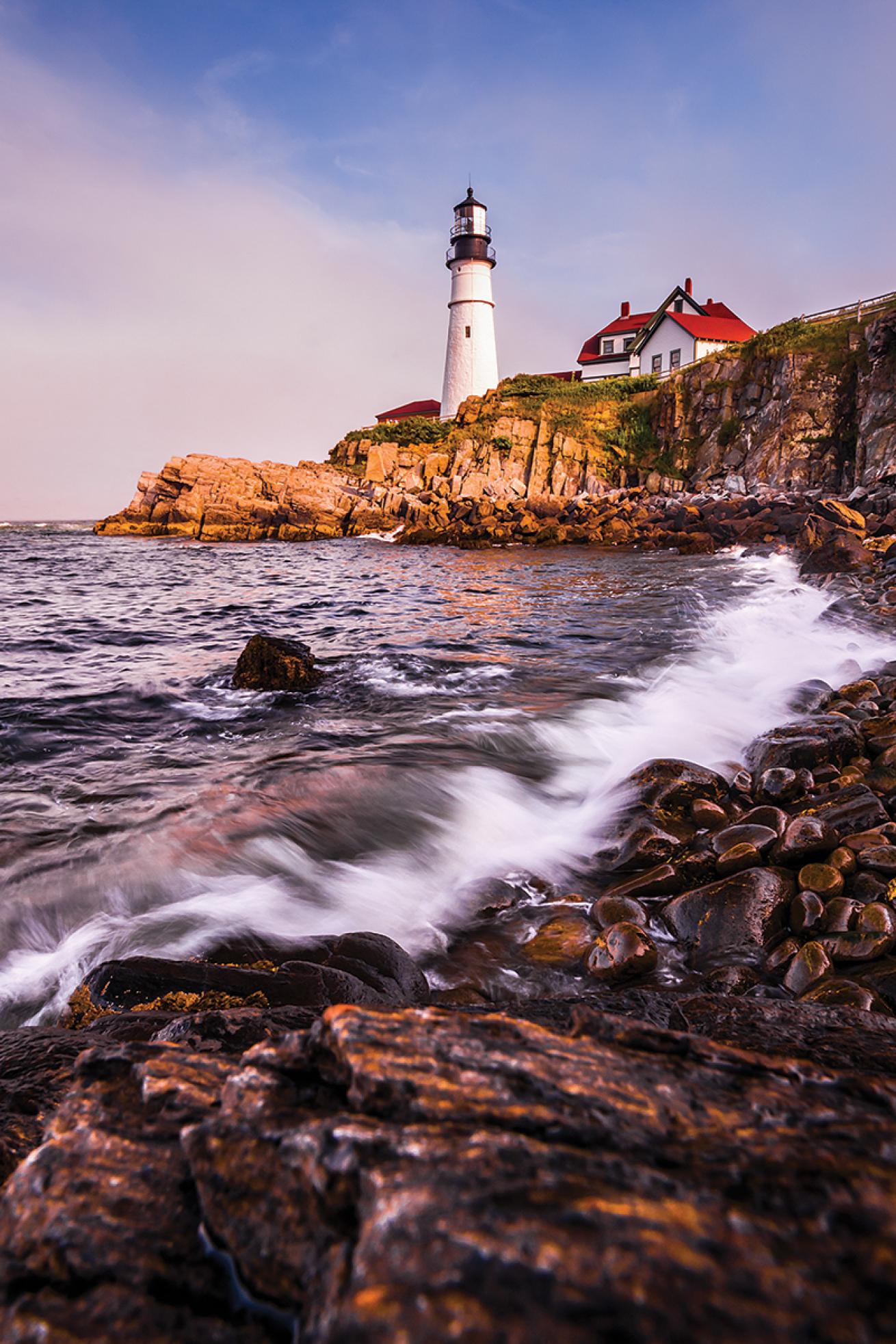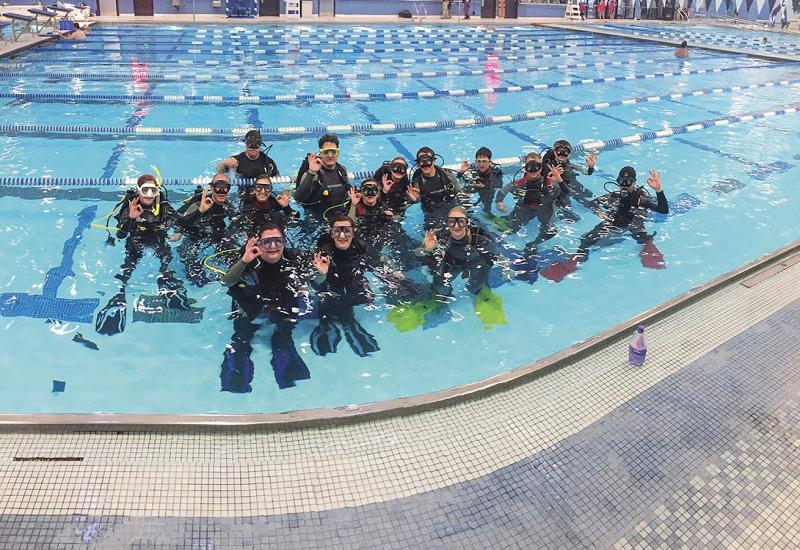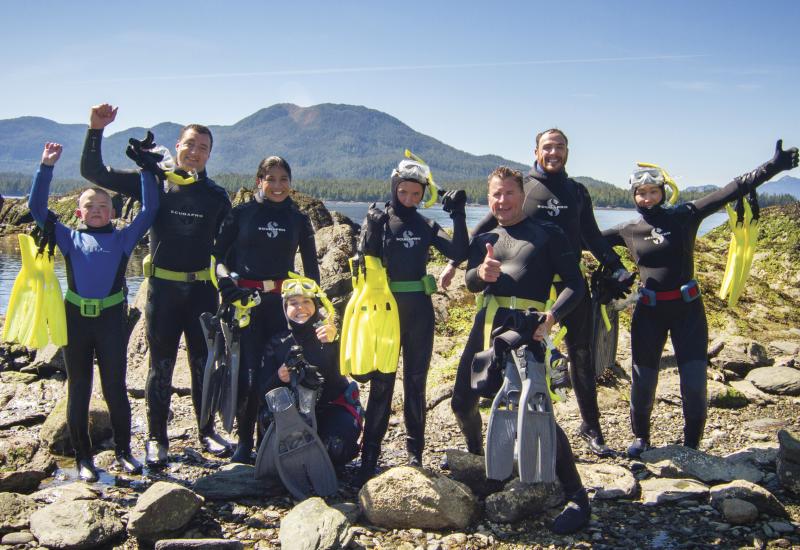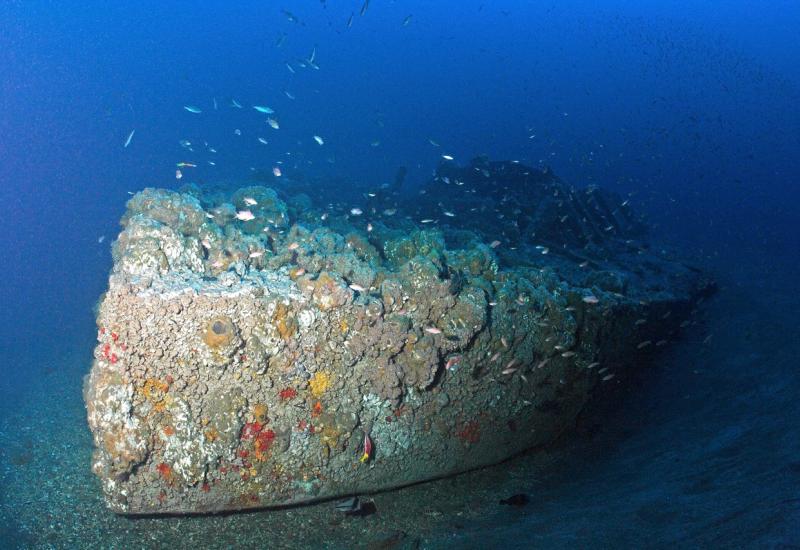Where to Go Scuba Diving in Maine

Jennifer IdolThe American lobster, a local celebrity, can be found at dozens of Maine dive sites, including the protected cove at Portland Head Lighthouse (pictured below).
Outdoor adventure defines the state of Maine, whose rugged landscape stretches from mountains to seaside. Portland, about 65 miles north of the New Hampshire border, is the launching point for any adventure along the coastline. Whether you plan on spending a long weekend or an entire week, your journey will be rewarding.
Most people head to Maine for a leisurely outdoor getaway, particularly to Acadia National Park. Others might head inland to find moose, but everyone seems to agree that lobsters are the name of the game in Maine. From themed souvenirs to restaurant menus, these crustaceans are seemingly worshipped, which is part of why they are a main attraction.
Diving with American lobsters is an exciting endeavor at dozens of Maine dive sites. They swim backward, which can be startling if they pass in front of your face. At first, you might think it easy to find red lobsters—until you realize they live in red kelp. A tip: Look at the base of kelp for lack of movement. Kelp sways vigorously in tidal currents.
Another thing to keep in mind is to avoid lobster traps while diving because fishermen closely guard their treasures and are highly suspicious of divers. Lobster fishing is restricted to permitted commercial fishermen, to protect their highly valued resource.
Lobsters aren’t the only notable marine life in Maine. Flounder, crabs and harbor seals also inhabit the shoreline. In the winter and spring, nudibranchs can be found as well. Rockweed is a floating wonder, exposed at low tide and on the surface during high tide. Almost all diving is done at high tide, when currents are lowest and shoreline entries the shortest.
Most diving is limited to shore entry, since the nearest charter is on the Maine-New Hampshire border through Portsmouth Diving. Whole-boat charters may also be booked to Monhegan Island, about 14 miles off the coast of central Maine, but all diving is weather-dependent. That weather can be rainy, with high winds even in the summer, so plan dives accordingly. Shore entries are inaccessible when waves rush over the rocks during rains.
Although Maine is a cold-water destination, I never felt cold while diving in my drysuit, and was more than entertained with the density of life in these Northeast kelp gardens.
Dive Sites

Jennifer IdolPortland Head Lighthouse
Saco Bay Biddeford Pool is a popular shore entry from the head of the East Point Sanctuary trail on the southern coast of Maine. The main draw for this shallow dive site is to catch a glimpse of harbor seals, but the usual crabs and lobsters hide at the bottom of rocks.
Portland Head Lighthouse Dive at high tide to find crabs and starfish clinging to rocks in the shallows. Lobsters also populate this protected cove defined by sandy bottoms and ledges. Topside, don’t forget to visit this historic, still-operating lighthouse. First lit in 1791, it’s one of the oldest American lighthouse structures.
Nubble Lighthouse This lighthouse stands sentinel over a photogenic dive site harboring life that can range from lobsters and crabs to anemones and even an occasional sea raven. Divers from all across New England visit to photograph the underwater life at high tide, when entry is easiest.

PADI StaffMaine offers divers numerous opportunities to explore the United States' northern Atlantic coast.
Trip Tips
Acadia National Park Renowned for its vibrant fall foliage, wild shorelines and wildlife such as harbor seals, Acadia is one of the country’s top 10 most-visited national parks. Make sure to take in the iconic sweeping views from Cadillac Mountain at sunrise. View the park offshore by taking a ferry to Isle au Haut, or bring tanks and shore dive in Seawall.
Desert of Maine Silt remaining from glacial movement created this 40-acre tourist stop with sand dunes similar to what you would find out west at national parks like Great Sand Dunes or White Sands. This glacial deposit is not a true desert; it receives regular precipitation, and vegetation surrounds the area. Poor farming practices exposed the sand, which then overtook the land.
Machias Seal Island About 10 miles off the coast, near the northern boundary of Maine, Machias Seal Island is famous for its Atlantic puffin rookery. Trips to photograph the island are limited to two tour companies, one of which is in the United States. Bold Coast Charter Co. books on-island tours a year in advance; you can book boat tours with Sea Watch Tours in Canada.
Need to Know
Conditions Viz typically falls between 10 and 30 feet, with water temperatures around 40 to 65 degrees.
What to Wear Drysuit with a hood.
Related










